While this global pandemic has brought the whole world, including all the countries and giants to their depths, India is facing another issue that is to cope with its border hostilities pertaining to her three neighbors. Tensions spike along the borders with China, Nepal, and Pakistan.
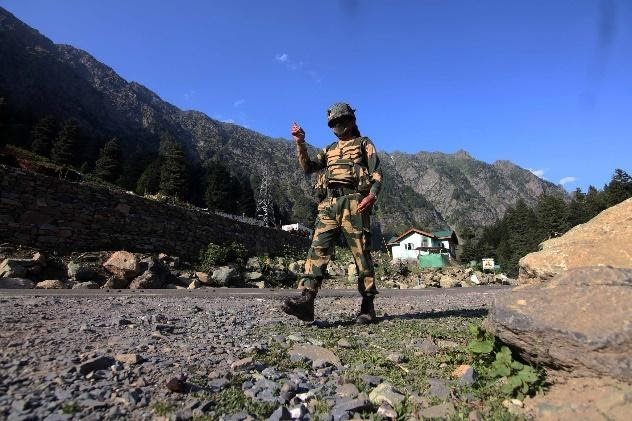
Line of Actual Control
Both the nations went to a war over the border in the Himalayas in 1962 which ended with a troubled truce. Whereas no border has been negotiated officially in the land high stretch of the Himalayas that divides the two nations, the truce established a 2,100-mile-long Line of Actual Control. Since then tensions have always been extant in the border as many areas remain questioned when the LAC was devised to establish a demarcation line.
Recently, in the third week of June 2020, Soldiers from China’s People’s Liberation Army (PLA) and the Indian Army were engaged in a vicious fight. Reportedly, the fight broke out when troops from the Indian Side dissented to the assembly of a Chinese Tent at the Patrolling Point 14 in the concerned area. Troops from both sides then attacked each other with stones, iron rods, and bamboo poles wrapped in barbed wire fastened with nails. There was a 1:5 ratio between Indian Army Troops and PLA troops,sources told Indian Media outlet IANS and also added that Chinese Enforcement used Thermal Imagining Drones to trace Indian Soldiers before attacking them. Government sources recognized it to be one of the deadliest attacks.
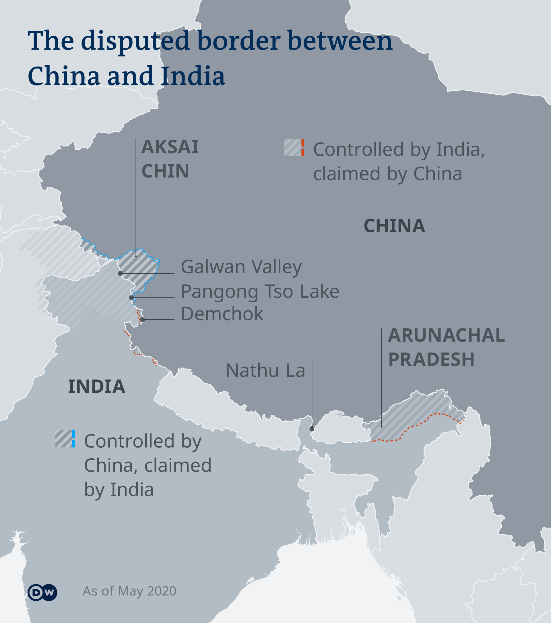
The clash took lives of 20 Indian soldiers including a Colonel-ranked officer and injured more than 65, as reported by the Indian Defence Officials. This was the first time a clash had broken between India and China after 1975, when an Indian Patrol was attacked by Chinese troops in Arunachal Pradesh, which China claims to be a part of South Tibet. Recently, confrontation also took place in the North Sikkim in early May 2020. It included 150 soldiers giving minor injuries to four Indians and seven Chinese soldiers. The clash was later resolved with local level conversation and dialogue that took place between the senior officials of both the sides.
Meanwhile the China’s defence officials haven’t projected any kind of official figures about the casualties, Indian media recently reported that including the commanding officer of the PLA force which was deployed in eastern Ladakh and his second-in-hand, about 43 Chinese soldiers have died or are seriously injured in the face-offs.
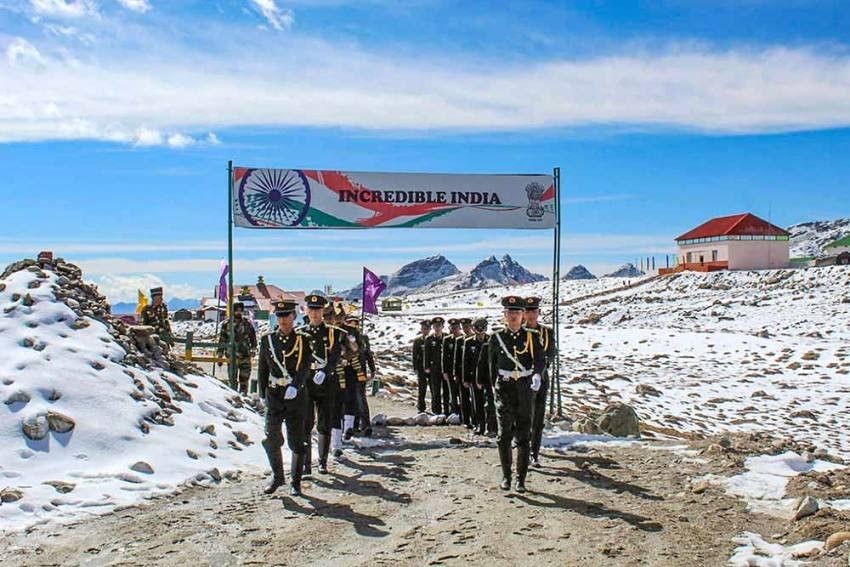
China recently returned 10 soldiers, including 2 majors and 2 captains) to India that they had detained after the clash. Similarly, Chinese men were released from India’s end, confirmed Army Chief General, VK Singh. The aftermath of this clash included a massive change in ‘Rules of Engagement’ with China which no longer restricts the commanders on the use of weapons and will have the full authority to retaliate to “extraordinary situations” with the usage of all resources at their disposal.
The border pacts which have taken place between India and China ban the use of the artillery during any kind of clashes or face-offs. Article 6 of the treaty on Confidence – Building measures in the military field along with the LAC, which was signed by India and China in November 1996, stated that both the sides will not open fire or “conduct blast operations or hunt with Guns or Explosives within two kilometres from the Line of Actual Control (LAC).
India has formerly alleged that China has sent thousands of troops into Ladakh’s Galwan valley and occupied 38,000sq km (14,700sq miles) of its territory. Several rounds of dialogue held between the two nuclear powered nations in the last three decades have failed to resolve the boundary disputes. There are various reasons as to why the tension is at an incline right now but competing strategic goals is what the root cause of it and both the nations blame each other. Recently India built a road in the most remote and vulnerable area along the LAC in Ladakh and India’s decision to ramp up their infrastructure connecting to an airstrip near China has seemed to annoy Beijing.
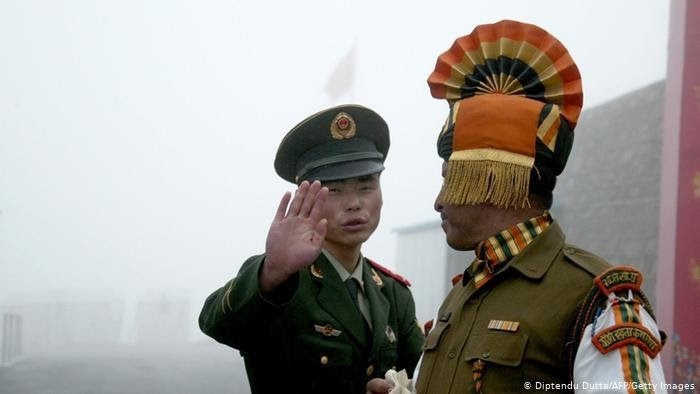
BBC diplomatic correspondent James Robbins says, “Violence between two armies high up in the Himalayas is very serious, and pressure will grow on the two nuclear powers not to allow a slide into full-scale conflict”.
The Chinese mouthpiece has quoted Hu Zhiyong, a research fellow at the Institute of International Relations of the Shanghai Academy of Social Sciences, in its one-sided and biased editorial stating that India could face potential backlash on the back of hostilities brewing up with three of its neighbouring nations.
In conclusion, for India, the present issue at the Indo-China Border is serious and not just because a routine accidental border conflict is less probable or that a spike in tensions and physical violence across the line is unpredicted and is never seen before, but also because this clash marks a major turn for Chinese Strategic Calculations in South Asia.
India-Nepal Border
Nepal recently issued a revised detailed map which included a Northwest Region, which is controlled by India and touches China, as its own for the first time. This bold move from the Nepali Counterpart comes after Indian Defence Minister Rajnath Singh inaugurated a road connecting India to China via Lipulekh which is a part of the Himalayan Border area known as Kalapani, which both India and Nepal claim as their own. This ancient route is majorly used by Indian Hindu Pilgrims traveling to the Holy Area of Kailash Mansarovar in Tibet. The Central Government has condemned this move by Nepal.
Indian Army Chief Manoj Naravane kindled the spark by saying that Nepal’s protest comes “at the behest of someone else” – a presumed reference to China. The dissent over the road’s construction has been made quite evident by Nepal. Foreign Minister Pradeep Gyawali summoned Vinay Mohan Kwatra, the Indian Ambassador and handled him a diplomatic note. In November, India released a map which showed Kalapani as part of its sovereign territory.
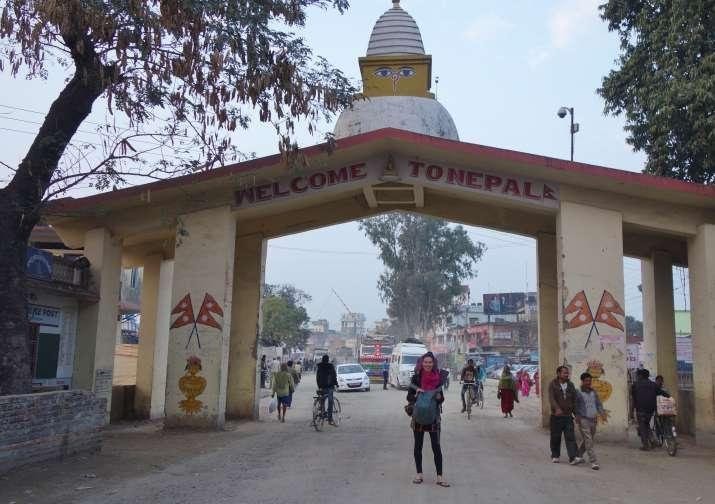
The recent spike in tensions might have to do something with the questioning of Oli’s Leadership by the rivals.
The western border with India is defined by an 1816 treaty between Nepal and India. However, both the nations do object on the source of the Border River. Also, an Indian Military Outpost which is believed to be established in the Disputed area in 1962 remains a huge concern for Nepal. In 1981, the two countries came together to form a joint technical committee to resolve all the issues along the 1880km open and porous border but the two nations did not reach an agreement on Kalapani and sustain Nepal’s south-central region.
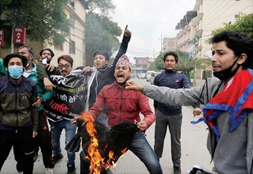
In the recent weeks, the ‘cartographic war’ has triggered nationalist sentiment for the citizens of both the countries. Nepal has asked India to remove its troops from the Kalapani Region. But actually, all the three contested areas have been firmly under India’s control for over 60 years and the people residing in such regions have been paying taxes and voting as an Indian Citizen. Meanwhile the Nepali Politicians argue that their nation was undergoing decades of political turmoil which was followed by a Maoist-led insurgency and they weren’t in the position to the raise the border dispute with India.
Communist government in Nepal which required a two-thirds majority in parliament. Nepal would have refused to endorse the Treaty, had it have any serious reservations on the source of the Kali river. In 1999, foreign minister Jaswant Singh on a visit to Nepal said: “India is prepared to resolve Kalapani issue through negotiations.” This was repeated by other Indian prime ministers too. Some Indian diplomats though have said Nepal was not serious about negotiations, which has been repudiated by Kathmandu.
For India, Kalapani has both spiritual (pilgrimage to Kailash Mansarovar) and strategic importance, since it overlooks Lipulekh Pass and is a foil to Chinese PLA garrison at Taklakot.
While Nepal is thinking to validate its map through a constitutional amendment and internationalize it, this will be an unsettling step and will irreparably damage India-Nepal relations.
Line of Control
India and Pakistan have been seeing frequent border clashes since 1947. Ceasefires cases have been on a rise to over 3200 in 2019 at the Jammu and Kashmir (JnK) border, which has never been seen before in the last 16 years. They are at a surge also because of the scrapping of the autonomous status of Jammu and Kashmir in August 2019. “Pakistani troops repeatedly targeted forwards posts and villages along the Line of Control (LoC) and the International Border (IB) to create a fear psychosis among the people,” said a senior police officer.
India has constantly voiced its concerns on various international platforms including the UN stating that Pakistan has been supporting and providing funds to different Islamist Militant groups and sending them through the border to India, a claim which was rejected by Pakistan.
Recently J&K’s Director General of Police (DGP) Dilbag Singh has stated that more than 300 terrorists are already present in different launch pads across LoC, in Pakistan – Controlled Kashmir (PoK), just waiting to enter the Indian Side. India has also been constantly stating that Pakistan has been investing in the brainwashing of the youths in Kashmir, who claim that they only provide moral and diplomatic support to the Kashmiri people.
The US also backed India and said that the border disputes were a reminder of the “threat by China”. Alice Wells connoted that China is portraying a wrong example apropos the way it wants to practise its power.
Whatever the result might be, this will present issues to the Indian Government which is already struggling to cope with the hike of COVID-19 cases and also toiling to revive an economy that is already going towards recession.
Written By– Devansh Dev
